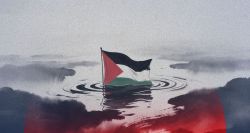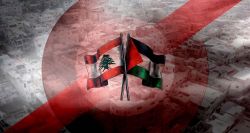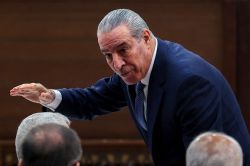
The Flood that Sunk the Palestinian State
Hussain Abdul-Hussain, 11/11 21:10 - Reading : 4 minute(s)
Nawaf Salam PLO Hamas Palestinian United States
The Palestinian state is now history, owing to Hamas’s 2023 Al-Aqsa Flood attacks on Israel that dealt a fatal blow to Palestinian nationhood, a project that began in 1968 and peaked with the 1993 Oslo Accords. Hamas’s folly has prompted the UN Security Council to consider ending its longtime orthodoxy in support of a Palestinian state and ...







